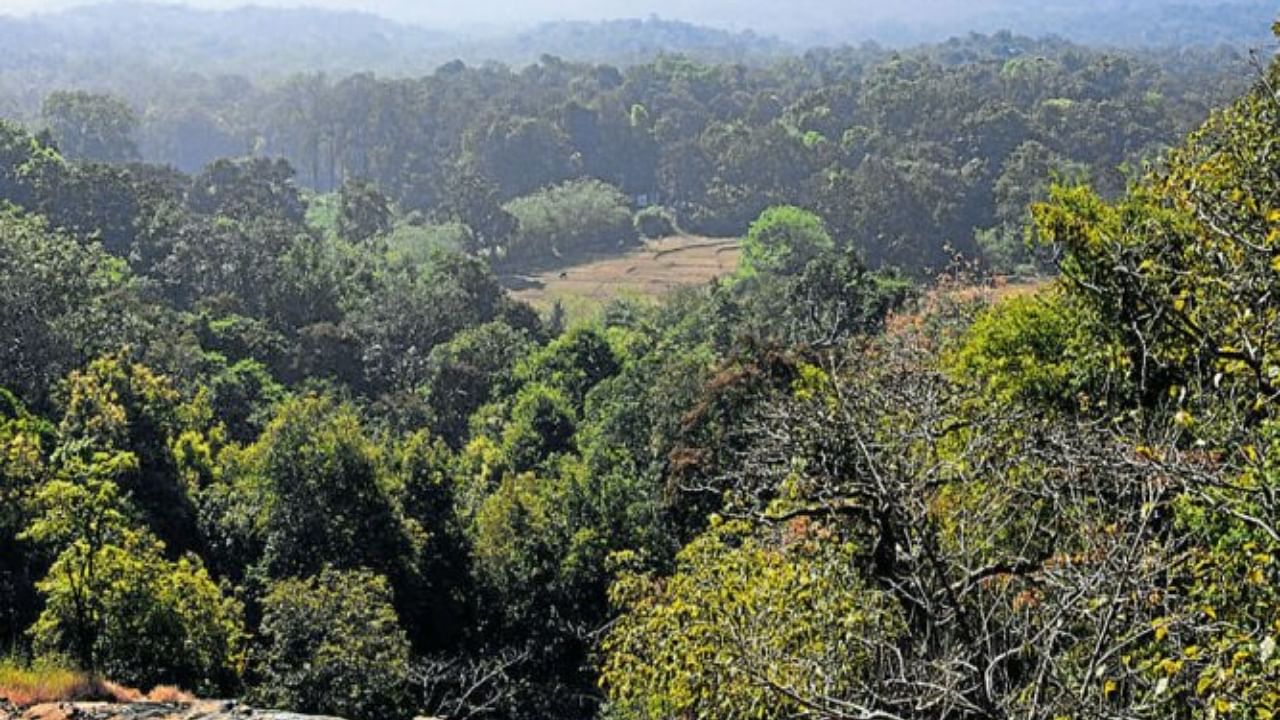
The Centre has reiterated that the declaration of a buffer or eco-sensitive zone (ESZ) around protected forests and sanctuaries would not result in the displacement of locals.
The Union Ministry of Environment also said that identifying buffer zones would not affect agriculture and horticulture practices.
Earlier states within the Western Ghats range, including Karnataka, had expressed concerns over the possible displacement of human settlement within eco-sensitive zones.
The Central Government notifies eco-sensitive Zones around protected areas based on proposals submitted by the state governments, Minister of State for Environment, Forest & Climate Change Ashwini Kumar Choubey informed Kerala LS member Muraleedharan in his latest communication.
The minister said that the declaration of an eco-sensitive zone around protected areas does not involve displacement/evacuation of the local population and does not impact their vocation in any way.
In the recently-held Winter Session of Parliament, Muraleedharan raised the issue of buffer zones around protected areas and sought a reply from the government.
Activities undertaken within an ESZ are, in general, regulated except in the case of a few specific activities which are prohibited, such as commercial mining, stone quarrying and crushing units, etc. There is no prohibition regarding ongoing agriculture and horticulture practices, including dairy farming, aquaculture and fisheries within an ESZ. In addition, activities related to infrastructure, including civic amenities, are only regulatory in nature.
The Supreme Court in June last year said that all national parks, wildlife sanctuaries and protected forests must have a buffer or eco-sensitive zones of a minimum 1 km distance from their boundaries and directed states and Union Territories to identify these. The Centre has challenged this.
Former Isro head Dr K Kasturirangan headed panel, in its report, recommended 37% of the Western Ghats area as an ecologically sensitive area. The committee also recommended a blanket ban on red industries, including mining and quarrying.
In Karnataka, the government has pointed out that the implementation of the report would impact 1,576 villages spread across 20,668 sq km of the Western Ghats region in the state.
